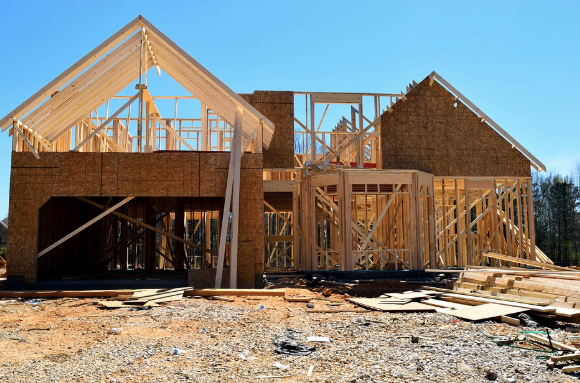
The New Canadian NBCC Code and ICFs Compared to Wood Framing

How to Start a Museum: A Guide to Building a Lasting Cultural Landmark
Museums do more than display art or history — they offer spaces where people can connect with culture, science, and creativity.

Flexible Construction: Can ICFs be Poured in Multiple Stages?

Modern Museum Architecture: Designing for Flow, Preservation, and Comfort
Museums shape how people interact with history, art, and knowledge — long before they step into the first exhibit. Layout and design choices influence not only the visitor journey but also long-term preservation, energy use, and operational function.

How Long Does It Take to Frame a House?
Wondering how long it takes to frame a house? Discover the key factors that influence the timeline and what to expect during the framing process!

10 Ways to Lower Homeowners Insurance Rates
Homeowners insurance is essential for protecting your property and assets, but it doesn’t have to break the bank. Learning how to lower home insurance premiums can lead to substantial savings.

10 Eco-Friendly Alternatives to Traditional Concrete

Staying Safe: Fortified Construction Protects Your Home & Family
Fortified home construction refers to using materials and techniques in combination with one another to make your home stronger and more resilient as a shelter.

How to Build a Bowling Alley from Foundation to Finish with ICF Advantages
ICFs and Severe Weather
The steel reinforced concrete, which can cure stronger than normal concrete because of the foam insulation, can withstand winds of over 200 MPH, and projectile debris traveling over 100 MPH. There are dozens of eye witness examples of ICF homes taking EF5 tornadoes head on with the walls still standing.